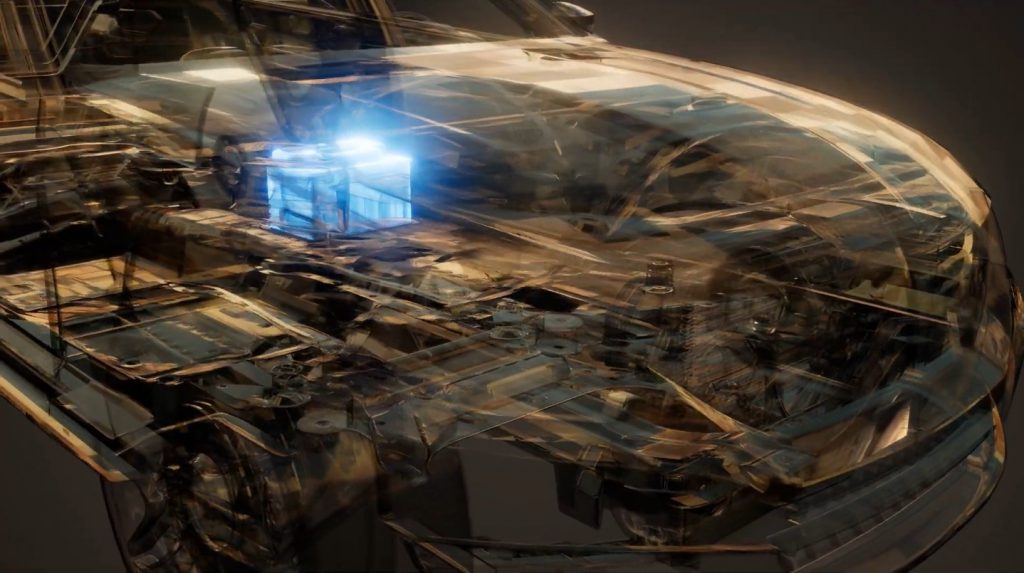Musk Metals targeting lithium mineralization at Elon project, Quebec

Musk Metals Corp. [MUSK-CSE; EMSKF-OTC] reported final geochemical results from its follow-up rock survey on till anomalies identified during its phase 2 exploration program on the 100%-owned Elon lithium property.
In early 2022, the company also mandated Dynamic Discovery Geoscience to complete a property-wide geophysical interpretation. This interpretation along with assay results allowed the company to define multiple targets showing potential for lithium discoveries that will be subject to trenching in 2022.
A first site visit was conducted in July, 2021, and returned 29 till samples and 44 rock samples from boulders and outcrops. A follow-up survey was completed in November, 2021, and consisted of systematic rock sampling of visible outcrop and digging of pits for pebble and boulder sampling in the areas with low outcrop coverage.
The rock sampling follow-up covers the southern part of the property and also got close to the interpreted intrusion located in the centre of the property. The objective was to trace mineralization evidence from rocks and boulders of the previously prospected area in order to associate the source of the two discovered till anomalies to the type of host rock it originates from and its correlated mineralogy and alterations.
A large area to the south shows numerous lithium, tantalum and yttrium anomalies in outcrops. To the southwest is a small outcrop with several lithium values above 60 parts per million. Near the centre of the property, close to the contact with the interpreted intrusion is a sample anomalous in lithium and tantalum in an outcrop.
Those anomalies might be originating from lithium fluids that could have resulted in pegmatite dike swarms, which could be the host of sizable lithium mineralization. However, the company has yet to find those pegmatite dikes to investigate them. In consequence, it mandated Dynamic Discoveries Geosciences to review the historical geophysics work completed on the property in order to better define targets for exploration.
The review included the following data: a high resolution helicopter-borne magnetic survey completed by the company in 2021; Lidar (topography) and DEM (digital elevation model). A comparison of the data the company has with the Quebec lithium mine’s (located 600 metres away) geophysical signal was also done in order to better define the property potential.
At the Quebec lithium mine, mineralization is hosted in pegmatite dike swarms. Topographic (lidar) observations on the property appear to show surface dikes, mostly in the southern part of the property. The presence of dikes near previously identified till anomalies are good targets to look for mineralization.
The mineralized dikes are crosscutting intrusions at the mine and some topographic features similar to dikes are also crosscutting the intrusion on the company has on the property, indicating a similar relation between the possible dikes and the intrusion.
The magnetic context (low magnetic intensity within high magnetic areas) appears to be the same as at Quebec lithium mine. Based on magnetic lows and total horizontal derivative, dikes swarms might be present to the west of the intrusion and to the south of the property.
Based on magnetic lows and total horizontal derivative, the possible inner and outer contours with the intrusion were better constrained, allowing a better targeting of the contact zone of the intrusion.
Based on that information, trenches were proposed to explore targets beneath the till and clay surficial deposits. They would intercept interpreted dikes and be within low-magnetic areas, similar to those present to the south. All of the trenches also happen to be within the influence zone of anomalous soil samples (up ice), which also increase their potential to host mineralization.
Rock sampling results and geophysical reinterpretations will be used to determine targets for a trenching survey, following which a drill program could be completed depending upon results of the trenching program. Permitting will start in the following week and the company will report when the planning of its trenching program is complete.
The Elon property is strategically located in Abitibi, Quebec approximately 600 metres northeast of the North American lithium project, formerly known as the Quebec lithium mine, which produced over 907,000 tonnes of material at 1.40% Li2O (lithium oxide) between 1955 and 1965.
